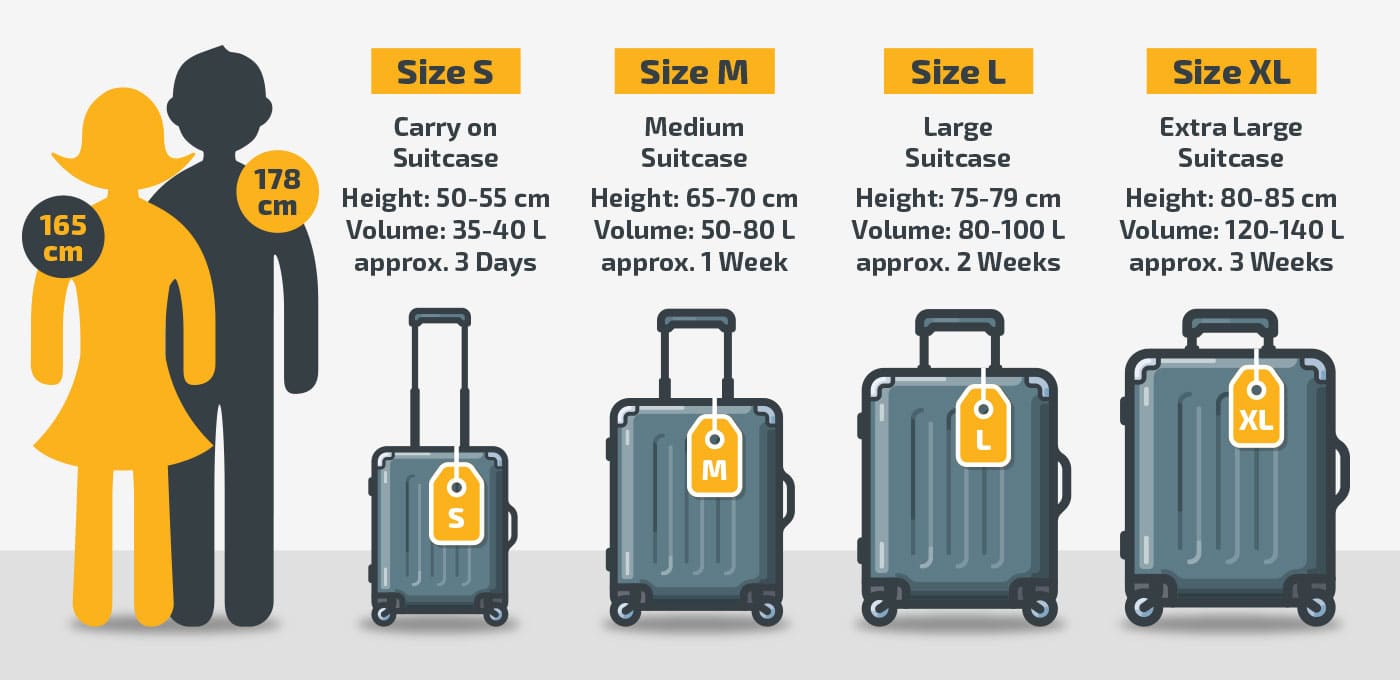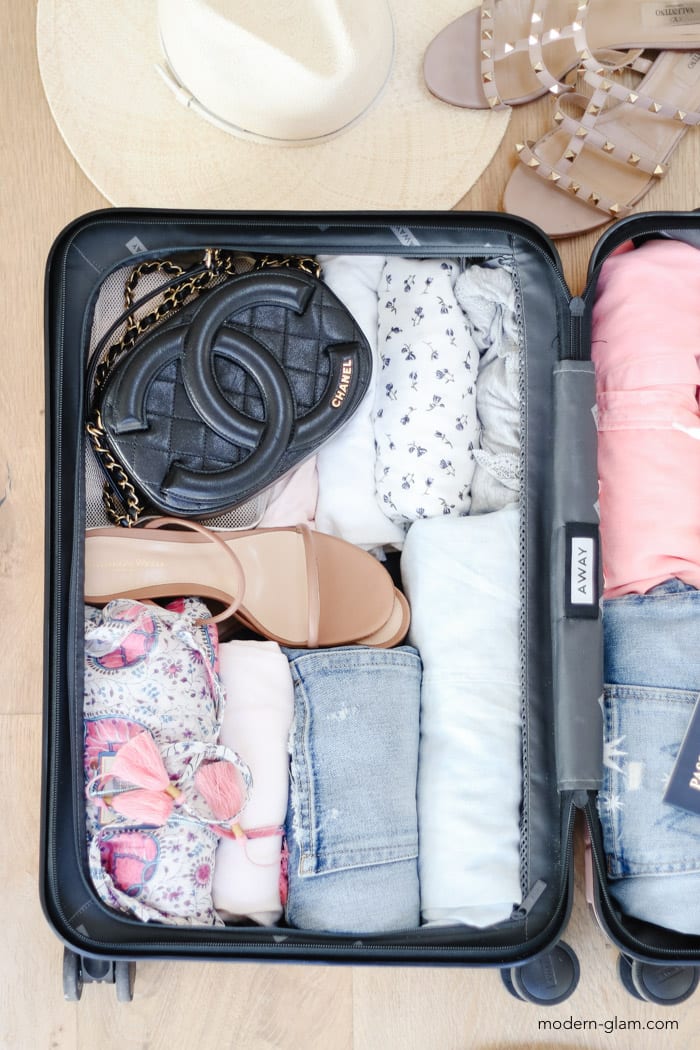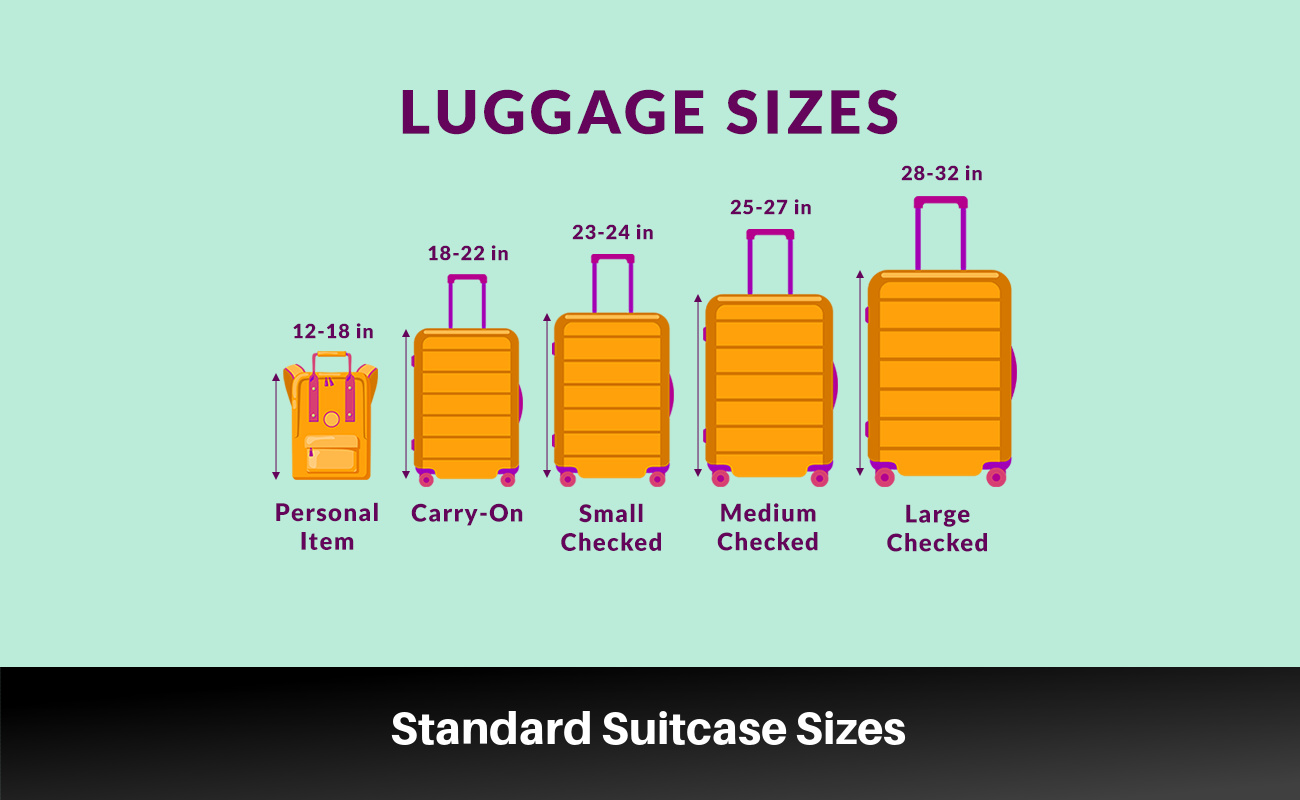Understanding the Basics of Carry-On Bag Dimensions
When it comes to air travel, choosing the right carry-on bag can make all the difference in ensuring a stress-free journey. One of the most critical factors to consider is the size of the bag. But what size bag is a carry on, exactly? The answer can vary depending on the airline and the type of travel. However, understanding the basics of carry-on bag dimensions can help travelers avoid checked baggage fees and reduce the risk of their bag being gate-checked.
According to the Federal Aviation Administration (FAA), a carry-on bag is typically defined as a bag that can fit in the overhead bin or under the seat in front of the passenger. However, each airline has its own specific size requirements, which can range from 22 inches to 24 inches in height, 14 inches to 16 inches in width, and 9 inches to 10 inches in depth.
Knowing the right size for a carry-on bag is crucial to avoid any issues during the flight. For instance, if a bag is too large, it may not fit in the overhead bin, and the passenger may be required to check it, which can result in additional fees. On the other hand, if a bag is too small, it may not be able to hold all the necessary items, leading to inconvenience and discomfort during the flight.
In this article, we will delve into the world of carry-on bags and explore the different sizes and types available. We will also provide tips and tricks on how to choose the perfect carry-on bag for your next adventure, including how to measure your bag, what to consider when selecting a bag, and how to pack it efficiently.
How to Measure Your Carry-On Bag for a Perfect Fit
Measuring a carry-on bag can be a bit tricky, but it’s essential to ensure that it meets the size requirements of most airlines. To avoid any issues during the flight, it’s crucial to measure the bag accurately. Here’s a step-by-step guide on how to measure a carry-on bag:
First, gather a flexible measuring tape or a ruler. Measure the bag’s length, width, and height in inches. Make sure to include any handles, wheels, or protrusions in the measurement. For example, if the bag has a retractable handle, measure the handle in its extended position.
Next, measure the bag’s width. This is usually the widest part of the bag, which is typically the middle section. Measure the width from one side of the bag to the other, making sure to include any zippers, pockets, or other features that may affect the bag’s width.
Then, measure the bag’s height. This is usually the tallest part of the bag, which is typically the top section. Measure the height from the bottom of the bag to the top, making sure to include any handles, wheels, or other features that may affect the bag’s height.
Finally, measure the bag’s depth. This is usually the thickest part of the bag, which is typically the back section. Measure the depth from the front of the bag to the back, making sure to include any pockets, compartments, or other features that may affect the bag’s depth.
Once you have measured the bag’s length, width, height, and depth, compare the measurements to the airline’s size requirements. Most airlines have specific size requirements for carry-on bags, which can range from 22 inches to 24 inches in height, 14 inches to 16 inches in width, and 9 inches to 10 inches in depth.
By following these steps, you can ensure that your carry-on bag meets the size requirements of most airlines, avoiding any issues during the flight. Remember, knowing what size bag is a carry on can make all the difference in ensuring a stress-free travel experience.
Standard Carry-On Bag Sizes: A Comparison of Major Airlines
When it comes to carry-on bag sizes, different airlines have different requirements. Understanding these requirements can help travelers avoid any issues during the flight. Here’s a comparison of the carry-on bag size requirements of major airlines:
American Airlines: The maximum size for a carry-on bag on American Airlines is 22 inches tall, 14 inches wide, and 9 inches deep. This is slightly smaller than the standard size of 24 inches tall, 16 inches wide, and 10 inches deep.
Delta Air Lines: Delta’s carry-on bag size requirements are similar to American Airlines, with a maximum size of 22 inches tall, 14 inches wide, and 9 inches deep. However, Delta also allows for a personal item, such as a purse or briefcase, in addition to the carry-on bag.
United Airlines: United’s carry-on bag size requirements are slightly larger than American Airlines and Delta, with a maximum size of 24 inches tall, 16 inches wide, and 10 inches deep. However, United also has a strict policy of only allowing one carry-on bag per passenger.
Southwest Airlines: Southwest’s carry-on bag size requirements are similar to United’s, with a maximum size of 24 inches tall, 16 inches wide, and 10 inches deep. However, Southwest also allows for two free checked bags, which can be a major perk for travelers.
It’s worth noting that while these airlines have different size requirements, they all have the same goal in mind: to ensure that carry-on bags fit safely in the overhead bin or under the seat in front of the passenger. By understanding these requirements, travelers can avoid any issues during the flight and ensure a stress-free travel experience.
So, what size bag is a carry on? The answer depends on the airline, but in general, a carry-on bag should be no larger than 24 inches tall, 16 inches wide, and 10 inches deep. By choosing a bag that meets these requirements, travelers can ensure a smooth and hassle-free flight.
Top Carry-On Bags for Different Travel Styles
When it comes to choosing the right carry-on bag, it’s essential to consider the type of travel you’ll be doing. Different travel styles require different types of bags, and what works for one person may not work for another. Here are some top carry-on bags for different travel styles:
Business Travel: For business travelers, a bag that is both stylish and functional is essential. The Samsonite Omni PC Hardside Spinner 20″ is a great option, with its sleek design and durable construction. It also features a USB charging port and a TSA-approved lock, making it perfect for business travelers on the go.
Adventure Travel: For adventure travelers, a bag that is both rugged and reliable is a must. The Patagonia Black Hole Duffel 40L is a great option, with its durable construction and water-resistant design. It also features a comfortable shoulder strap and multiple pockets for organization.
Family Travel: For family travelers, a bag that is both spacious and practical is essential. The Thule Subterra 30L is a great option, with its large capacity and multiple pockets for organization. It also features a comfortable shoulder strap and a durable construction.
Backpackers: For backpackers, a bag that is both lightweight and comfortable is a must. The Osprey Farpoint 40L is a great option, with its lightweight design and comfortable shoulder straps. It also features multiple pockets for organization and a durable construction.
These are just a few examples of top carry-on bags for different travel styles. When choosing a bag, it’s essential to consider the type of travel you’ll be doing and the features that are most important to you. By choosing the right bag, you can ensure a stress-free travel experience and make the most of your trip.
So, what size bag is a carry on? The answer depends on the airline and the type of travel you’ll be doing. However, by choosing a bag that meets the size requirements of most airlines and is designed for your specific travel style, you can ensure a smooth and hassle-free flight.
What to Consider When Choosing a Carry-On Bag
When choosing a carry-on bag, there are several factors to consider to ensure that you find the perfect bag for your needs. Here are some key considerations to keep in mind:
Size: The size of the bag is one of the most important factors to consider. Make sure to check the size requirements of the airline you will be flying with to ensure that your bag fits in the overhead bin or under the seat in front of you. A bag that is too large may not fit, and you may be required to check it, which can result in additional fees.
Material: The material of the bag is also important to consider. Look for a bag made from durable, high-quality materials that can withstand the rigors of travel. Nylon, polyester, and leather are popular choices for carry-on bags.
Weight: The weight of the bag is also a consideration. Look for a bag that is lightweight and easy to maneuver, but also sturdy enough to hold all of your belongings.
Features: Consider the features that are important to you. Do you need a bag with multiple pockets and compartments to stay organized? Do you want a bag with a TSA-approved lock for added security? Do you need a bag with a USB charging port to keep your devices charged on the go?
Brand: Finally, consider the brand of the bag. Look for a reputable brand that is known for producing high-quality, durable bags. Some popular brands for carry-on bags include Samsonite, Tumi, and Patagonia.
By considering these factors, you can find the perfect carry-on bag for your needs. Remember to always check the size requirements of the airline and to choose a bag that is durable, lightweight, and feature-rich.
So, what size bag is a carry on? The answer depends on the airline, but by choosing a bag that meets the size requirements and is designed with your needs in mind, you can ensure a stress-free travel experience.
Maximizing Your Carry-On Bag’s Capacity: Packing Tips and Tricks
Packing a carry-on bag can be a challenge, especially when trying to fit all of your essentials into a small space. However, with a few simple tips and tricks, you can maximize your carry-on bag’s capacity and make the most of your travel experience.
Roll Your Clothing: One of the most effective ways to pack a carry-on bag is to roll your clothing. This helps to reduce wrinkles and saves space in your bag. Simply roll each item of clothing into a tight cylinder and place it in your bag.
Use Packing Cubes: Packing cubes are a great way to organize your carry-on bag and make the most of your space. These small, rectangular bags can be filled with clothing, toiletries, and other essentials, and then placed in your carry-on bag. They help to keep your belongings organized and make it easy to find what you need.
Make the Most of Bag Pockets and Compartments: Most carry-on bags have multiple pockets and compartments that can be used to store small items such as toiletries, electronics, and travel documents. Make the most of these pockets and compartments by filling them with items that you need easy access to.
Wear Your Heaviest or Bulkiest Items: If you have any heavy or bulky items, such as a coat or boots, consider wearing them on the plane. This will help to save space in your carry-on bag and make it easier to pack.
Use Every Available Space: Finally, make sure to use every available space in your carry-on bag. Fill any empty spaces with small items such as socks or underwear, and make sure to pack your belongings tightly to make the most of your space.
By following these tips and tricks, you can maximize your carry-on bag’s capacity and make the most of your travel experience. Remember to always check the size requirements of your airline and to pack smart to avoid any issues during your trip.
So, what size bag is a carry on? The answer depends on the airline, but by packing smart and making the most of your space, you can ensure a stress-free travel experience.
Common Mistakes to Avoid When Packing a Carry-On Bag
When packing a carry-on bag, it’s easy to make mistakes that can lead to frustration and stress during your trip. Here are some common mistakes to avoid:
Overpacking: One of the most common mistakes travelers make is overpacking their carry-on bag. This can lead to a bag that is too heavy, too bulky, and too difficult to maneuver. To avoid overpacking, make a list of the essentials you need to bring and stick to it.
Failing to Check Airline Size Requirements: Another mistake travelers make is failing to check the size requirements of their airline. This can lead to a bag that is too large or too small, and may result in additional fees or even having to check the bag. Always check the size requirements of your airline before packing your carry-on bag.
Neglecting to Leave Space for Souvenirs: When packing a carry-on bag, it’s easy to forget to leave space for souvenirs and other items you may purchase during your trip. To avoid this mistake, pack a few extra outfits or leave some extra space in your bag for souvenirs.
Not Using Packing Cubes: Packing cubes are a great way to organize your carry-on bag and make the most of your space. However, many travelers fail to use them, leading to a bag that is cluttered and disorganized. Use packing cubes to keep your belongings organized and make it easy to find what you need.
Not Checking the Bag’s Weight: Finally, many travelers fail to check the weight of their carry-on bag, leading to a bag that is too heavy and may result in additional fees. Always check the weight of your bag before packing it, and make sure it meets the weight requirements of your airline.
By avoiding these common mistakes, you can ensure a stress-free travel experience and make the most of your carry-on bag. Remember to always check the size requirements of your airline, pack smart, and leave space for souvenirs.
So, what size bag is a carry on? The answer depends on the airline, but by avoiding these common mistakes, you can ensure a smooth and hassle-free flight.
Conclusion: Finding the Perfect Carry-On Bag for Your Next Adventure
Choosing the right carry-on bag can make all the difference in ensuring a stress-free travel experience. By understanding the basics of carry-on bag dimensions, measuring your bag for a perfect fit, and considering the key factors to look for in a carry-on bag, you can find the perfect bag for your next adventure.
Remember, the size of a carry-on bag can vary depending on the airline, so it’s essential to check the size requirements of your airline before packing. Additionally, consider the type of travel you’ll be doing and the features that are most important to you, such as TSA-approved locks and USB charging ports.
By following the tips and tricks outlined in this article, you can maximize your carry-on bag’s capacity, avoid common mistakes, and ensure a smooth and hassle-free flight. Whether you’re a business traveler, adventure seeker, or family vacationer, finding the perfect carry-on bag can make all the difference in your travel experience.
So, what size bag is a carry on? The answer depends on the airline, but by choosing the right bag size and following the tips outlined in this article, you can ensure a stress-free travel experience. Happy travels!





